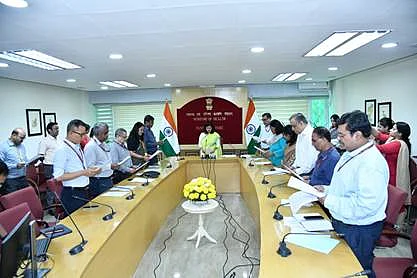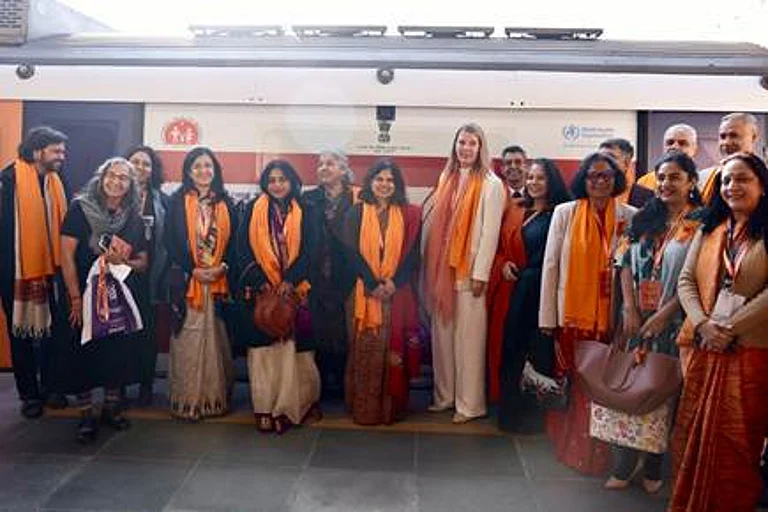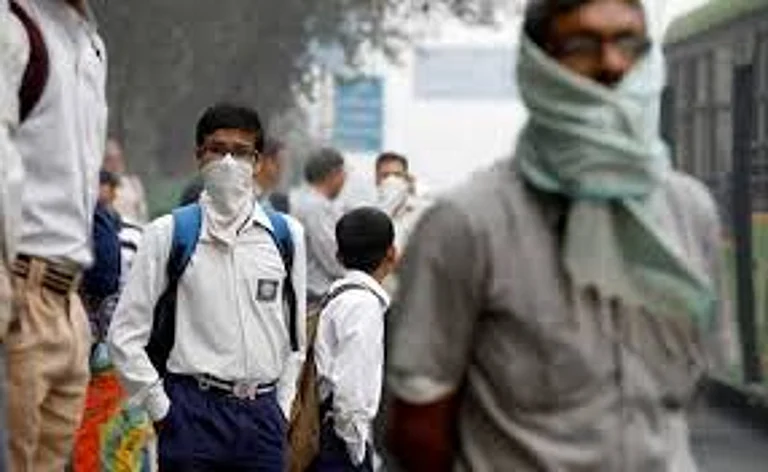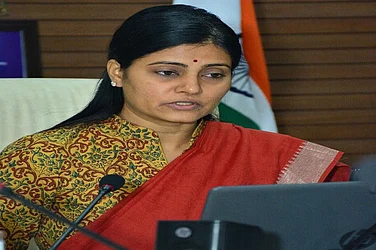With nearly 70 per cent of cardiac arrests in India occurring outside of medical facilities, Union Health Secretary Punya Salila Srivastava on Monday called for urgent efforts to enhance community readiness in administering Cardiopulmonary Resuscitation (CPR).
“Timely administration of CPR by a bystander can be the deciding factor between life and death,” she said, while inaugurating CPR Awareness Week (13–17 October), a national campaign aimed at equipping citizens with lifesaving skills.
The first-ever initiative, led by the Ministry of Health and Family Welfare, marks a significant departure from what had until now been sporadic, organisation-led efforts to promote CPR awareness. It has now been brought under the umbrella of a coordinated public health campaign with nationwide reach. The Ministry aims to build mass awareness and institutionalise CPR training across all sections of society.
Addressing the inaugural event in the national capital, Srivastava underscored the Ministry’s vision of ensuring that every household, school, office, and public space has at least one individual trained in CPR. She noted that hands-only CPR — a simplified technique that can be performed by laypersons — can help maintain blood circulation to vital organs until emergency medical services arrive.
A live demonstration of hands-only CPR, conducted by medical experts, highlighted the simplicity and effectiveness of the procedure.
As part of the launch, participants took a public pledge to promote CPR awareness and encourage others to acquire the skill.
The week-long campaign will include a series of physical and virtual training sessions, panel discussions, expert interactions, and information, education, and communication (IEC) activities. Over 15,000 individuals from the healthcare sector, medical institutions, and civil society participated in the launch, reflecting broad-based support for the initiative.
A CPR training session was also organised for Central Industrial Security Force (CISF) personnel at the Disaster Management Cell in Nirman Bhawan, which houses the Union Health Ministry. Similar sessions were also organised across the national medical institutions including AIIMS, Delhi and RML Hospital, Delhi.
Speaking on the sidelines of the event, a Ministry official stated that the programme is aimed at addressing the low rate of bystander CPR administration in India. “We hope to build a culture of preparedness and swift response to cardiac emergencies through structured, scalable training,” the official said.
Welcoming the initiative, Dr. Rakesh Garg, Professor of Anaesthesiology, Pain, and Palliative Medicine at AIIMS, Delhi, and Scientific Director of the Indian Resuscitation Council (IRC), said the move would help mainstream CPR training. “The Ministry’s leadership in this space will help create a sustainable ecosystem for emergency preparedness, where CPR becomes a common community skill and not just one limited to healthcare professionals,” he said.
Dr. Garg explained that CPR is a lifesaving emergency technique used when a person’s heart stops beating or they stop breathing — often as a result of cardiac arrest, choking, or drowning. “Data shows that 80 to 82 per cent of cardiac arrests in India occur outside the hospital. With each passing minute, the chances of survival drop by 7 to 10 per cent,” he noted. Stressing the importance of immediate response, he added that international experiences show survival rates of up to 60 per cent where CPR is commonly practised.
To ensure broader public participation, the IRC has developed a simplified protocol for laypersons known as Compression Only Life Support (COLS). This hands-only approach is particularly useful for those without formal CPR training or those hesitant to perform mouth-to-mouth ventilation. “Time is critical. A person can learn the basic CPR technique in just five to ten minutes — and that knowledge can save a life,” Dr. Garg said.


























